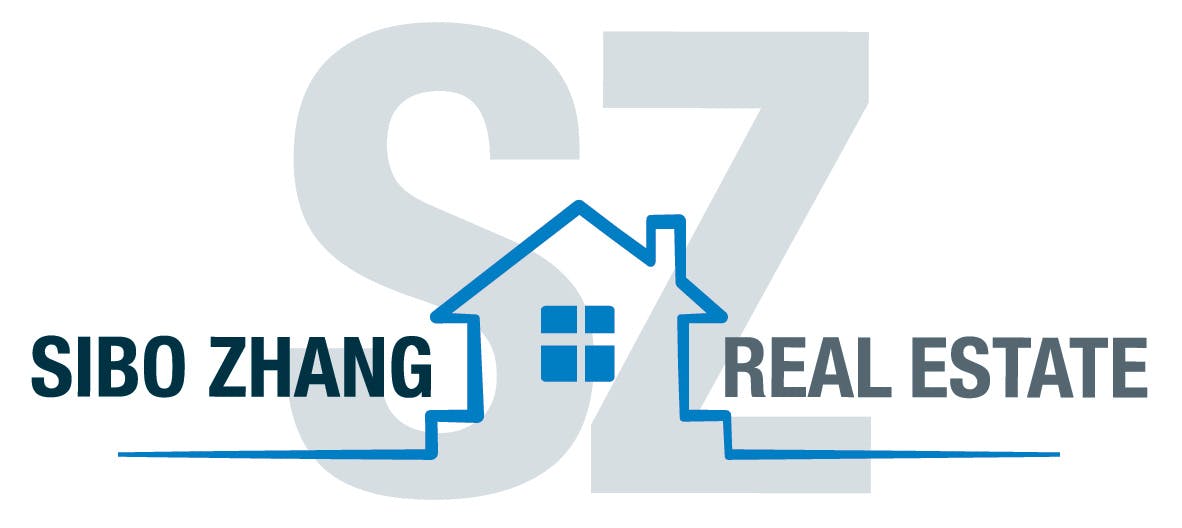Canadian home buyers will face a new federal government regulation effective January 1, 2018. In the New Year ahead, all home buyers will have a new “stress test” when they apply for a mortgage with their bank or credit union. Until now, the test applied only to those borrowers who did not take out mortgage insurance – typically, borrowers with at least a 20 per cent down payment on their total mortgage were not required to take mortgage insurance. Under the new rules, all borrowers, whether insured or uninsured, will be required to meet the test criteria designed to evaluate a borrower’s likelihood to be able to make payments under possible future conditions.
You may recall in July this year, the Bank of Canada announced an increase on mortgages of 0.25 per cent. At that time, I wrote about why the central bank was raising the prime rate – a move to “cool” rapidly escalating housing prices, and what it would mean for prospective home buyers. When the rate increase was announced, it was proposed as the first of successive increases at later dates. I know many people decided then it was time to purchase a residential property before the next rate increase. The new stress test rule suggests that further rates increases could be on the way.
The stress test will be made on the basis of your financial institution’s posted five-year average mortgage rate, or on a rate that is two per cent higher than its actual mortgage rate – whichever one is higher. Basically, the new rule is to protect against a possible payment default by the home purchaser if interest rates go up beyond their ability to pay. It should be noted, however, that borrowers who already have a mortgage will be exempt from the new rule as long as they renew their existing mortgage at the same financial institution.
The federal government, through the Office of the Superintendent of Financial Institutions (OSFI), has set out five principles which provide the rationale for the stress test and a guide on how federally regulated financial institutions are to administer the test. Below, based on these principles, I simply want to explain what borrowers can expect when the apply for a mortgage after the end of this year. And I would like to emphasize that, beyond the new universal requirement for mortgage insurance, there is really nothing new that a mortgage applicant would not normally expect.
Principle 1: This Principles is focused on what is expected of federally regulated financial institutions (FRFIs) by way of diligent management of their own affairs. The last four principles relate to what will impact you directly when applying for mortgage.
Principle 2: FRFIs should perform reasonable due diligence to record and assess the borrower’s identity, background and demonstrated willingness to service his/her debt obligations on a timely basis. There’s nothing surprising here. As you would expect, your bank or credit union will check your credit history and past borrowing behaviour. It’s worth noting that if the financial institution uses your credit bureau score, this indicator should not be used solely in the assessment of your reliability to repay the loan. Other basics issues also fall under this principle such as: the purpose of the loan (e.g. purchase of refinancing; debt servicing on other key expenses such as heating, taxes, and other debt obligations; Loan to Value ratio, i.e. property valuation and appraisal documents; property insurance and a commitment to insure the mortgage. There is also requirement to verify the source of the down payment, since there is also federal legislation for anti-money laundering and anti-terrorist financing.
Principle 3: FRFIs should adequately assess the borrower’s capacity to service his/her debt obligations on a timely basis. Again, no surprises here. As you would expect, there will be a verification required on your employment status and income. However, if you derive your income from a source outside Canada, it could pose a challenge to its verification, and the financial institution is instructed to be cautious in such cases. If this applies to you, it would be best to arrange for a clear and easy verification process, perhaps through the foreign financial institution acting on behalf of your source of income. There is some overlap with this principle and principle two, but it’s worth repeating that your ability to pay will include an assessment of such things as principal and interest payments on the mortgage loan; primary and other sources of income; heating costs; property taxes; condominium or strata fees; and payments for all other credit facilities (e.g., unsecured personal loan, second mortgage loan, credit card).
Principle 4: FRFIs should have sound collateral management and appraisal processes for the underlying mortgage properties. This principle sounds very similar to principle 1 insofar as it directs the diligence required of the financial institution for the loan. However, it does cover some required actions which can directly impact the borrower such as assessment methods of the property value, the Loan to Value assessment based on the property assessment; and loan types, whether high or low Loan to Value ratios. These assessments can impact on the financial institution’s need to impose contractual terms and conditions that secure their full protection under laws applicable in relevant jurisdictions, including, where applicable, what legal actions may be taken should the borrower default. Also included under this principle are considerations for Home Equity Loans (sometimes called ‘reverse mortgages’) which form a different category of issues from regular mortgages.
Principle 5: FRFIs should have effective credit and counter party risk management practices and procedures that support residential mortgage underwriting and loan asset portfolio management, including, as appropriate, mortgage insurance. This principle almost goes without saying since it covers the due diligence that a financial institution should undertake in picking the mortgage insurance underwriter. However, it’s worth mentioning here so potential borrowers understand from whom they will they obtain their insurance. The bank or credit union granting the mortgage may arrange for the insurance (to be paid by the borrower) from Canada Mortgage and Housing Corporation (CMHC) or another private mortgage insurance provider. It is also worth noting, therefore, that your financial institution is required by its required due diligence to ensure the underwriting standards of the third-party insurer are consistent with your bank or credit union’s Residential Underwriting Practices and Procedures, and also compliant with the OSFI Guideline, which directs that federally regulated financial institutions should not rely solely on the attestation of the third party.
I have not tried to cover every detail in the new mortgage insurance rules in this blog. For most of my clients, the above review should be sufficient to give them a basic understanding of what to expect when applying for a mortgage starting in 2018. If you wish to read the entire OSFI Guideline you can find it at http://www.osfi-bsif.gc.ca/Eng/fi-if/rg-ro/gdn-ort/gl-ld/Pages/b20_dft.aspx
If anyone would like a more specific review of how the new rules will apply, I would be happy to speak with you personally.
I am experienced in personal financial matters having worked within a Canadian financial institution, in addition to my realtor expertise, and I would be happy to advise you on all aspects of what may be the biggest and most important investment of your life – the selection, purchase and financing of your home. Please feel free to give me a call.
Thanks for reading!
Sibo Zhang, REALTOR®
(604) 779-7992


